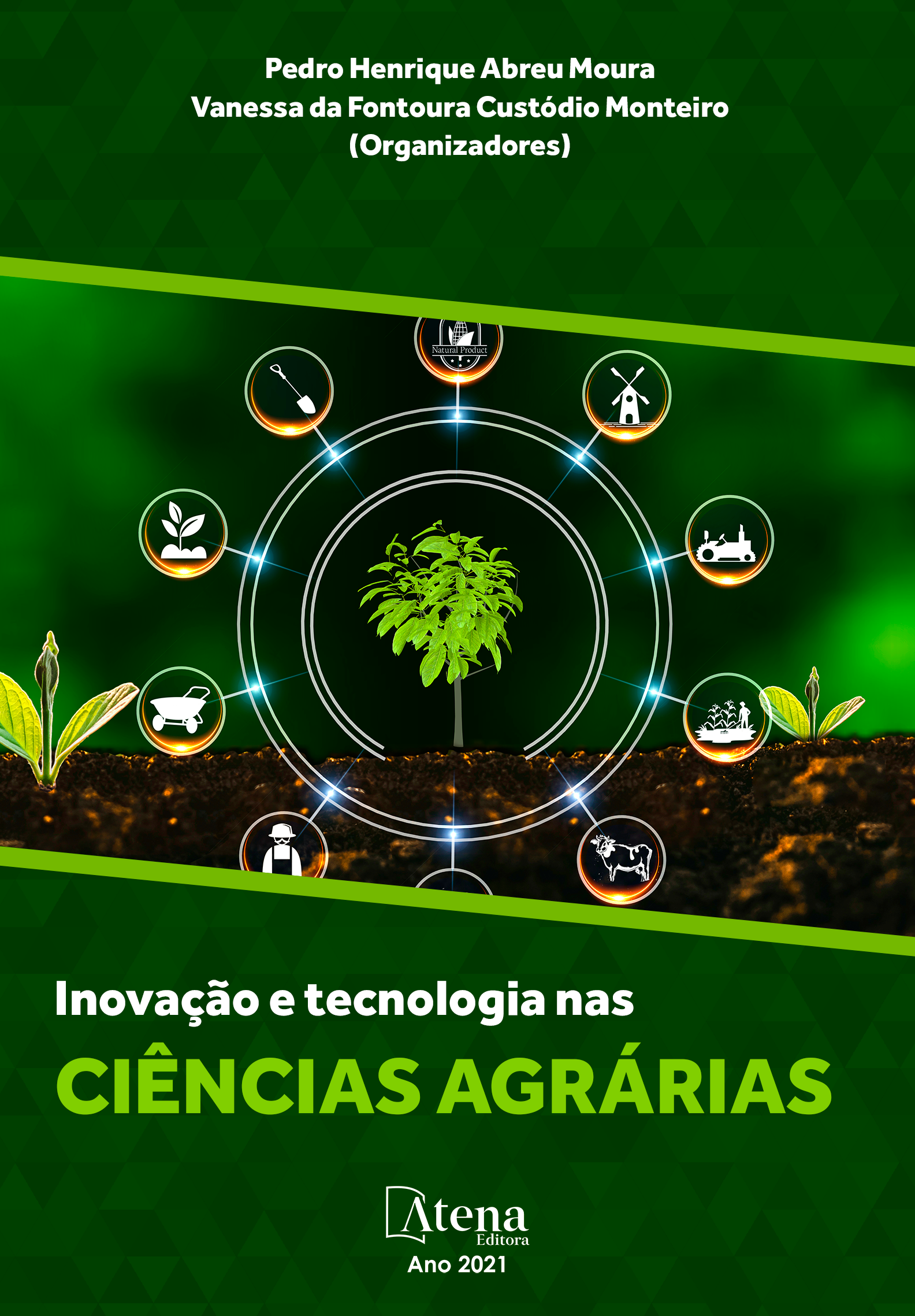
EVOLUÇÃO DA COBERTURA DO SOLO E DO ACÚMULO DE FITOMASSA SECA DE PLANTAS DE COBERTURA DE OUTONO/INVERNO E SEU EFEITO SOBRE O DESEMPENHO AGRONÔMICO DE SOJA CULTIVADA EM SUCESSÃO
O cultivo de plantas de cobertura no sistema plantio direto pode promover melhorias positivas aos atributos do solo e incrementos em produtividade de culturas sucessoras, como a soja. Objetivou-se com este trabalho avaliar a evolução da cobertura do solo e do acúmulo de fitomassa seca da parte aérea (FSPA) de plantas de cobertura de outono/inverno e seu efeito sobre o desempenho agronômico de soja cultivada em sucessão. A pesquisa foi realizada na Fazenda Escola da Universidade Estadual de Londrina (UEL). O solo da área foi classificado como Latossolo Vermelho eutroférrico, de textura muito argilosa. O delineamento experimental adotado em blocos casualizados, com nove tratamentos e quatro repetições. Foram utilizadas como espécies de cobertura a aveia preta (Avena strigosa), o centeio (Secale cereale) e o nabo forrageiro (Raphanus sativus) em cultivos solteiros, consórcios entre aveia preta + nabo forrageiro (A+N), centeio + nabo forrageiro (C+N), aveia preta + centeio (A+C) e aveia preta + centeio + nabo forrageiro (A+C+N), uma testemunha em pousio e outra capinada. Nas plantas de cobertura foram avaliados a cobertura do solo (%) e o acúmulo de fitomassa seca da parte aérea (FSPA) aos 30, 45, 60, 75, 90 e 105 dias após a semeadura (DAS). Na cultura da soja foram avaliadas a altura de plantas, número de nós produtivos por planta, número de vagens por planta, massa de mil grãos e produtividade. O cultivo do R. sativus solteiro proporcionou mais rápida cobertura do solo (90,0% solo aos 45 DAS). O consórcio entre C+N proporcionou maior acúmulo de FSPA, superior a 7,0 Mg ha-1 aos 105 DAS. Os maiores rendimentos da soja foram obtidos em sucessão ao cultivo de aveia preta e centeio solteiros, com rendimento de aproximadamente 3300 kg ha-1. Esse rendimento foi aproximadamente 50% superior em comparação ao tratamento testemunha em pousio e testemunha capinada.
EVOLUÇÃO DA COBERTURA DO SOLO E DO ACÚMULO DE FITOMASSA SECA DE PLANTAS DE COBERTURA DE OUTONO/INVERNO E SEU EFEITO SOBRE O DESEMPENHO AGRONÔMICO DE SOJA CULTIVADA EM SUCESSÃO
-
DOI: 10.22533/at.ed.24321161214
-
Palavras-chave: Glycine max L.. Plantas de cobertura. Sucessão de culturas. Adubação verde. Sistema Plantio Direto.
-
Keywords: Glycine max L. Cover crops. Succession of cultures. Green adubation. No-till system.
-
Abstract:
The cultivation of cover crops under no-tillage systems can promote positive improvements in soil attributes and increases in grain yield of successor crops, such as soybeans. The objective of this work was to evaluate the evolution of soil cover and accumulation of dry aerial phytomass (FSPA) of autumn / winter cover plants and their impact on the agronomic performance of soybean grown in succession. The research was carried out at the Fazenda Escola of the State University of Londrina (UEL). The soil in the area was classified as an Oxisol type, with a very clayey texture. The experimental design used was in randomized blocks, consisting of nine treatments and four replications. Black oats (Avena strigosa), rye (Secale cereale) and turnip (Raphanus sativus) were used as cover crops in single crops, in addition to consortia between black oats + turnip (BO + T), rye + turnip (R + T), black oat + rye (BO + R) and black oat + rye + turnip (BO + R + T), plus a fallow and weeded controls. In the cover plants, the soil cover (%) and the accumulation of dry aerial phytomass (DAP) at 30, 45, 60, 75, 90 and 105 days after sowing (DAS) were evaluated. In soybean crop, plant height, number of productive nodes per plant, number of pods per plant, mass of a thousand grains and grain yield were evaluated. The cultivation of turnip single provided the fastest soil coverage, with 90.0% at 45 DAS. The intercropping between R + T provided the largest accumulations of DAP, greater than 7.0 Mg ha-1 at 105 DAS. The highest soybean yields were obtained in succession to the cultivation of black oat and rye in single, yielding approximately 3,300 kg ha-1. This yield was approximately 50% higher in comparison to the treatments of fallow and weeded controls.
-
Número de páginas: 24
- Guilherme Semião Gimenez
- Vinicius Cesar Sambatti
- Vagner do Nascimento
- Giliardi Dalazen
- João Henrique Vieira de Almeida Junior


